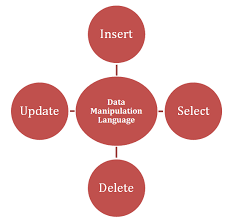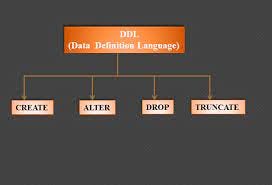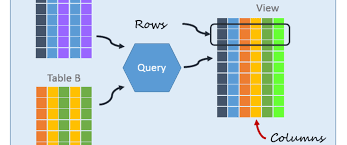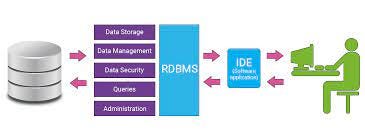#SQL(DAY3)
History of SQL
Today let us know the history of SQL, how the sql was developed, who developed it and when it was developed all these we will be learning in this blog.
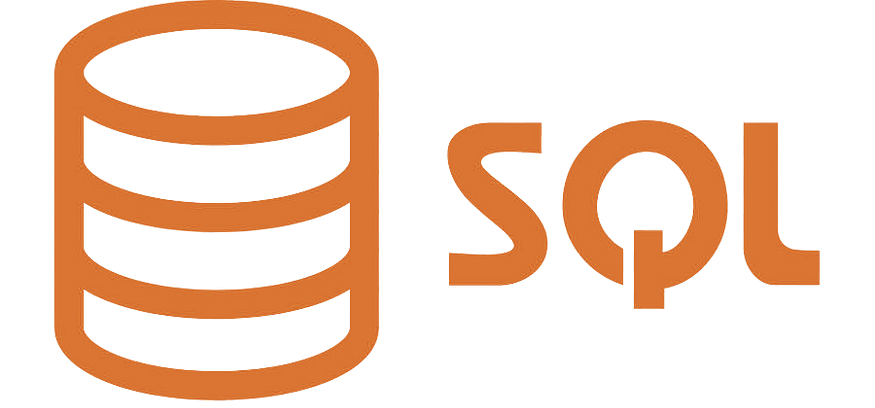
History of SQL
“A Relational Model of Data for Large Shared Data Banks” was a paper which was published by the great computer scientist “E.F. Codd” in 1970.

The IBM researchers Raymond Boyce and Donald Chamberlin originally developed the SEQUEL (Structured English Query Language) after learning from the paper given by E.F. Codd.
They both developed the SQL at the San Jose Research laboratory of IBM Corporation in 1970.
At the end of the 1970s, relational software Inc. developed their own first SQL using the concepts of E.F. Codd, Raymond Boyce, and Donald Chamberlin.
This SQL was totally based on RDBMS. Relational Software Inc., which is now known as Oracle Corporation, introduced the Oracle V2 in June 1979, which is the first implementation of SQL language. This Oracle V2 version operates on VAX computers.
